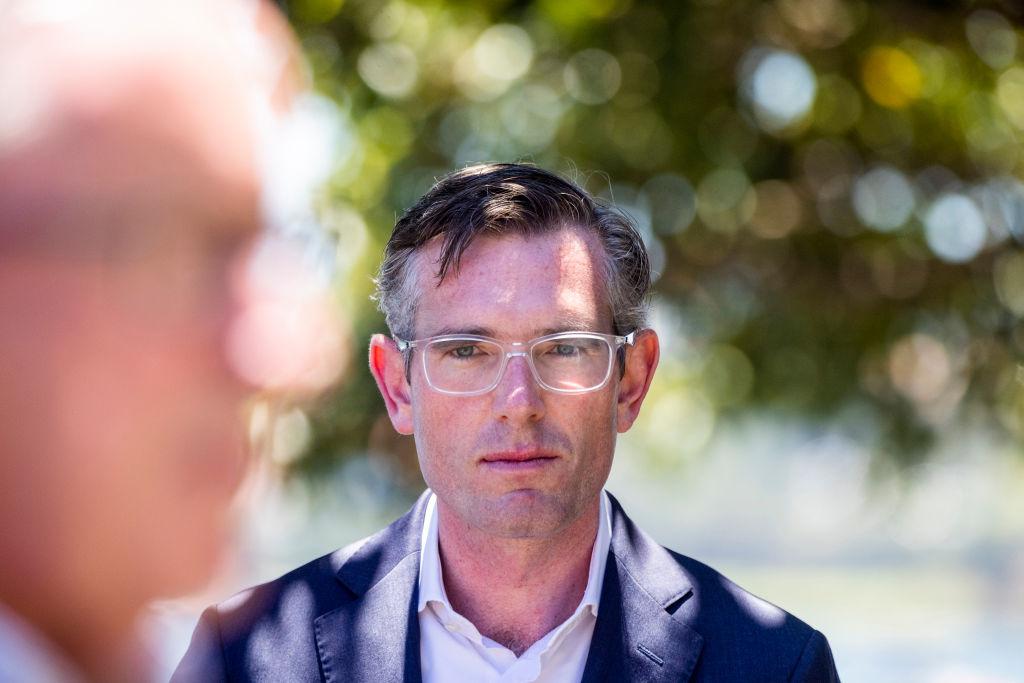Commentary
At the moment it is almost certain the centre-right Liberal-National Coalition will lose this month’s New South Wales state election. The question is what party or combination of parties will form the next government.

At the moment it is almost certain the centre-right Liberal-National Coalition will lose this month’s New South Wales state election. The question is what party or combination of parties will form the next government.